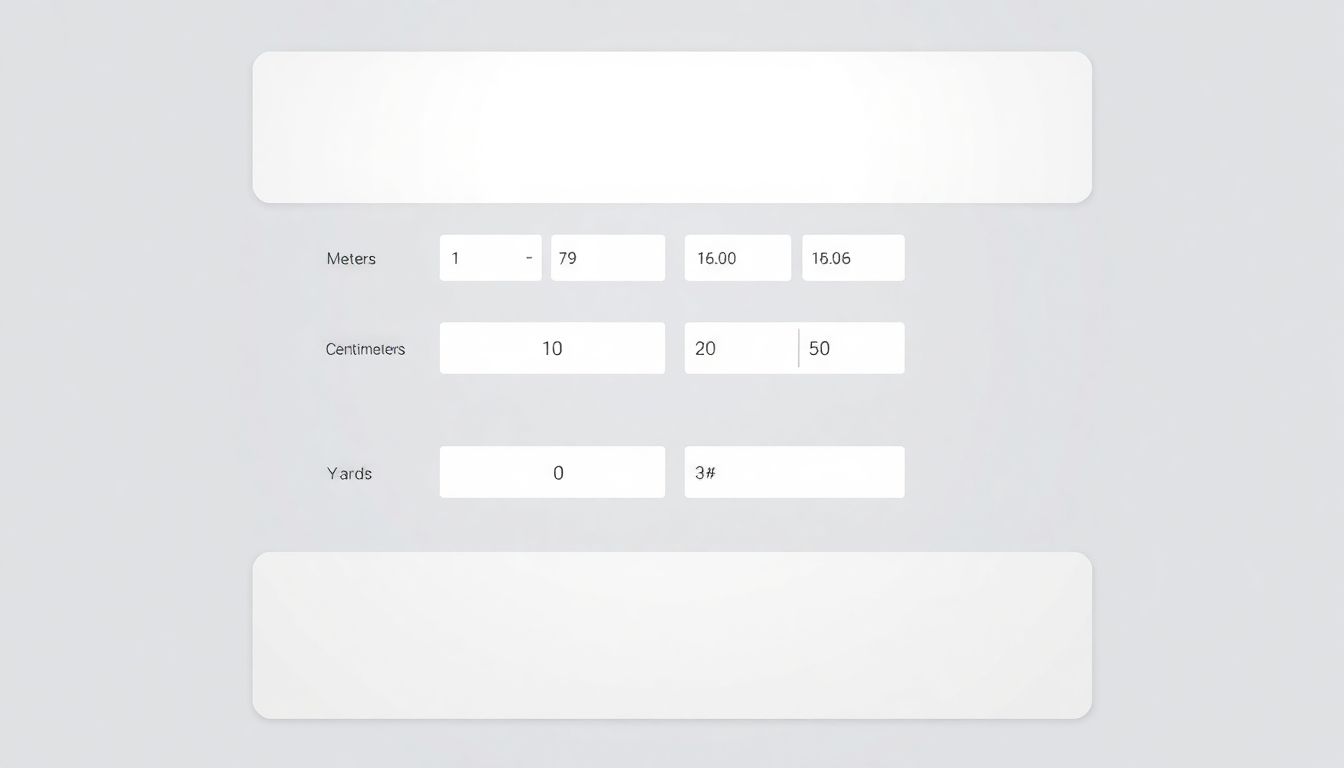Effortlessly Convert Unit Lengths: Your Ultimate Dimension Converter Guide
Accurate unit conversions are essential in everyday life, from shopping to construction. Miscalculating lengths can lead to costly mistakes. This guide offers clear instructions and useful tools for all your conversion needs.
Understanding Different Unit Length Systems
Metric System: Meters, Centimeters, Millimeters
The metric system is widely used around the world. It includes units like:
- Meters (m): The basic unit of length.
- Centimeters (cm): One hundredth of a meter.
- Millimeters (mm): One thousandth of a meter.
Imperial System: Inches, Feet, Yards, Miles
In places like the United States, the imperial system is standard. It features units such as:
- Inches (in): Basic unit of length.
- Feet (ft): Twelve inches make a foot.
- Yards (yd): Three feet equals a yard.
- Miles (mi): 5,280 feet make a mile.
Common Conversions Between Systems
Understanding how to convert between these systems is crucial. Examples include:
- 1 inch = 2.54 centimeters
- 1 foot = 0.3048 meters
- 1 mile = 1.60934 kilometers
Using a Unit Length Dimension Converter: A Step-by-Step Guide
Choosing the Right Online Converter
When selecting a converter, consider options with user-friendly interfaces and reliable outputs. Some popular choices include:
- ConvertUnits.com
- Metric-Conversions.org
- RapidTables.com

Inputting Your Values Accurately
Ensure you enter measurements correctly. Double-check for typos, especially with decimals and units.
Interpreting Your Results
Review the output closely. Most converters will show both original and converted values. Check if additional conversion options are offered.
Real-World Applications of Unit Length Conversion
Construction and Engineering Projects
In construction, precise measurements prevent costly errors. Builders must convert lengths for materials, making accurate conversions vital.
Interior Design and Home Improvement
Interior designers constantly deal with unit conversions for furniture and layout dimensions. This ensures perfect fits in every space.
Global Trade and Logistics
In global trade, converting distances is crucial for shipping. Correctly calculating distances can lead to better planning and reduced costs.
Advanced Techniques and Considerations
Handling Complex Conversions
For complex projects, you might need to convert multiple measurements at once. Break them down into simpler steps for accuracy.
Ensuring Accuracy in Calculations
Always verify results with a second source or tool. This minimizes the risk of errors.
Using Converter Tools for Different Professions
Different professions may require specialized tools. Engineers often use advanced calculators, while designers might rely on online converters.
Troubleshooting Common Conversion Issues
Dealing With Inconsistent Units
Inconsistent units can confuse conversions. Always stick to one system until you are ready to convert, ensuring clarity.
Avoiding Calculation Mistakes
Mistakes often happen with decimal points. Be vigilant about where you place them when entering values.
Utilizing Multiple Converter Tools for Verification
Using multiple tools helps confirm your results. It’s better to cross-check than to trust a single source.
Conclusion: Mastering Unit Length Conversions for Seamless Efficiency
Key Takeaways: Accuracy, Efficiency, and Application
Precision in unit conversions is critical across various fields. By mastering the tools and techniques available, you can improve efficiency and prevent errors.
Resources for Further Learning
Consider exploring online materials and tutorials for deeper understanding. Websites like Khan Academy offer excellent resources.
Call to Action: Use the Best Converter Tool
Start using an online dimension converter today to simplify your measurements and ensure accuracy in your projects!
Free Convert Here




